User interface design (UI) or user interface is a user's experience to learn the engineering designing & the usage of the machines such as machines and software, for example, computers, home appliances, and other electronic devices, which enables the user to maximise usability and the user experience. The goal is to make the user's life easy to use the applications & enabling efficiency. A good user interface is through which is easy to use in hand, to interact with, good graphic designing not complicated to understand.
A Good user enables to handle the task efficiently without complicating the usage of it. The designing or the typography is supportive of the usage & enables as an aesthetic appeal of the design; to interact with the product usage. The design which will enhance the user aesthetics & the functionality of the interface.
The technical complications of the visual elements along with the operational should be functional & easy to user. It should be designed as per the adaptability of the user. The interface products involves a wide range of products from computers, switches, digital camera, video games etc. which involves a user-machine interaction & for this one needs to learn the adequacy of the skills & knowledge to enable it (Glasgow, R. E., Funnell, M. M., Bonomi, A. E., Davis, C., Beckham, V., & Wagner, E. H. ,2002). Users such as the software design, web design, industrial design enable the user to key design as per the end user interpretation.
Processes
User interface design understands the in-depth usage demands & needs. There are several phases & processes to enable the user interface design which is highly dependent on the working of each other. Some require dependency on the project & its functionality in working.
The Functionality requirements help the designer to firstly gather - assemble a list of technical & non-technical functionality which enables the user to accomplish the goals of the project. Along with it enables the user to learn & use its application.
The first step is to understand what
user wants to do with the system?
How to find the combination of the solution to fit in the problem of use?
The designing f the interface should be as per the user expertise or skillet of usage?
The styles & graphics should enable to have an enrich experience while using it.
Explain what kind of interaction style(s) do both products support.
Consider below printer with so many buttons with no information on the keypad which does what function. Turning it on does not enable the user to judge which is the correct key to turn on application unless it changes.
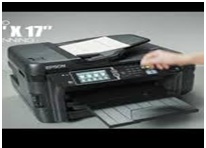
Below printer is a good examples which is easy to use & understand for the user.
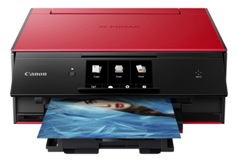
Good user UI digital camera
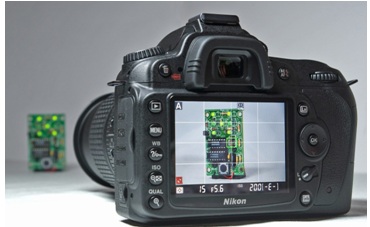
Self explanatory & easy to use. Good design & not a complex to use.
Low options except for clicking the photos no User engagement to involve different features.
Bad design UI coffee machine
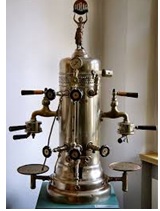
Good design UI which has many options, easy & compact.
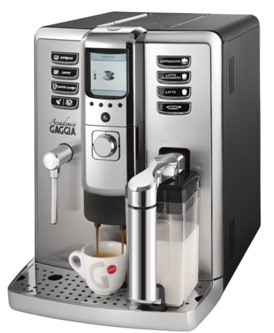
Describe how people use both products using the 7 steps of Norman's Interaction Model
The seven steps to enable the user to use the product is through the seven stages which are discussed in depth below-:
1. Forming the goals: Need to form an end user objectivity, the purpose of the using it.
2. Forming the intentions: After the purpose is defined, one needs to enable the intention to use it.
3. Specifying an action-: An action should be defined while integrating the resources with the users, in order to determine the convenience of the user experience.
4. Executing the actions: After designing the goal, intention & formulation of the action, there should be an execution of the planning.
5. Perceiving the state of the worlds: The designed product should be perceived from the common man usage, the applications & experience should be thought from the ground levels.
6. Interpreting the state of the worlds: The transition & transformation should be unique & well designed.
7. Evaluating the outcome -: The outcome should be evaluated in terms of easy & simple ways to use the product (Coleman, E. A., Parry, C., Chalmers, S., & Min, S. J. ,2006).
Stages of Execution
In the stages of execution, Norman suggests the ways in which how it is easy to integrate the daily application of the given product. For example, when a person is reading a book, he may require to switch on the light to read it. Fr this, he should be aware the correct switch which is designed in an easily defined route & not a complex form. The goal of turning on the light will be translated into the intention to use the product.
Stages of Evaluation
In this stage, the evaluation has to be a calculative move. When we have turned on the light in the room we should then know, the applications of the light & how it has affected our lives after using it. If turning on the light has lead to user rich experience or not (Bodenheimer, T., Lorig, K., Holman, H., & Grumbach, K. ,2002).